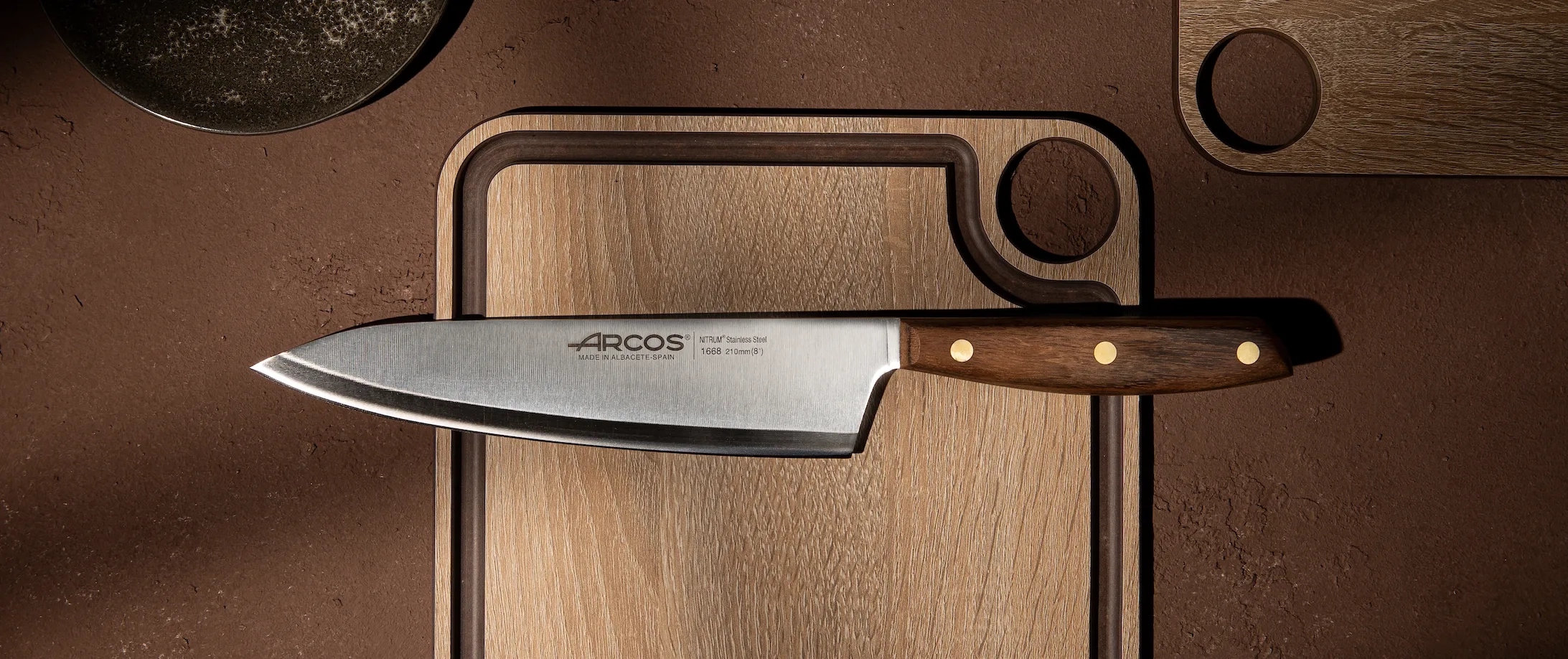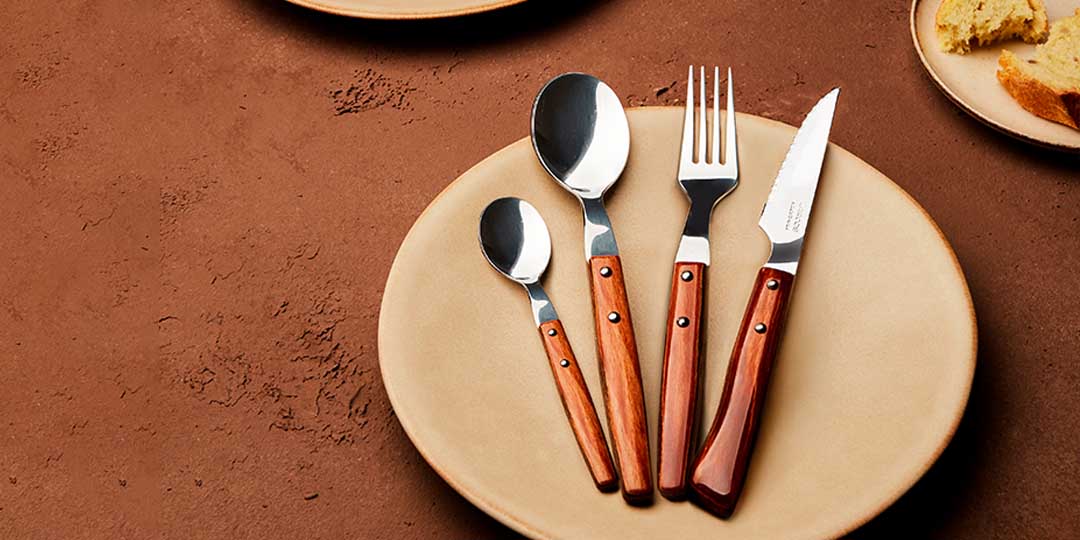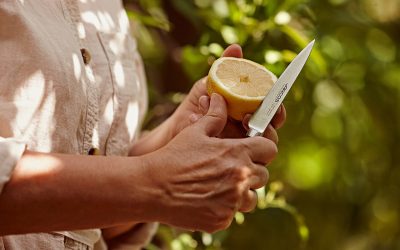Special care for knives with wooden handles
As kitchenware experts, especially in knives, it’s important to note that a good knife is recognized not only by the sharpness of its blade but also by the excellent quality of its handle. If there are knives with wooden handles in your kitchen drawers, know that you have in your hands elegant knives, with quality and tradition in cutting. However, because wood is a natural material, it requires special care to remain in perfect condition even after a long time.
To help you enjoy the quality of these knives for a lifetime, here is how to care for a knife with a wooden handle, why these recommendations must be followed, and which products and methods you should use. This guide even addresses one of the most common doubts when cleaning these utensils: whether or not it’s a good idea to put them in the dishwasher.
Why is it important to care for a knife’s wooden handle?
Wood is a very lively material that reacts to humidity, temperature changes, and, of course, daily use. In short, it requires careful attention to keep it from becoming damaged early on. Taking care of your knife’s handle not only extends the utensil’s lifespan but also ensures a much more comfortable and secure grip.
If you neglect it or don’t follow correct maintenance, it’s quite likely that the handle could:
- Crack or warp due to moisture or heat.
- Lose its natural color and shine.
- Become very rough or even uncomfortable to hold.
- Remember, a deteriorated handle can directly impact your safety. A poor grip increases the risk of kitchen accidents.

How to clean a wooden handle
There is one golden rule that you must follow to the letter: never submerge the knife in water for long periods of time and, if possible, avoid using the dishwasher whenever you can. Hot water, pressure and aggressive detergents directly damage the wood and weaken its joints.
Steps for cleaning the handle of a wooden knife
Let’s get started! To avoid any doubts, here are the steps you need to follow when cleaning the wooden handle of your knife:
- Clean the knife immediately after use. This will prevent food residue and moisture from penetrating the wood.
- Use a cloth dampened with warm water and, if necessary, add a little mild soap.
- Dry it immediately with a clean, soft cloth.
- Never leave it to dry in the open air or near heat sources such as ovens or radiators.
If you are looking for a collection of high-quality knives with wooden handles, we recommend you take a look at the Nordika range from Arcos. A line that perfectly combines tradition with design and durable materials.

Varnish the knife handle: yes or no?
Good question! Varnishing the handles of your knives can protect the wood from moisture and stains, but it is not always the best option. Manufacturers of quality knives, such as Arcos, usually apply special treatments to the wood to make it more resistant and safer for contact with food.
In some cases, it may be a good option to apply food-grade mineral oils or beeswax.
Can knives with wooden handles be put in the dishwasher?
The answer is a resounding no. At least, if you want your knives to remain in perfect condition for a long time. Prolonged exposure to heat, humidity, detergents and knocks inside the dishwasher affect the finish of the handle, causing it to swell or crack. It is best to wash them by hand and dry them immediately..
Alternatives for keeping wood in perfect condition
Ideally, every 2-3 months you should apply a natural oil to moisturise the wood and prevent it from looking dry. Of course, avoid sudden changes in temperature at all costs and always store it in a block, sheath or magnetic holder where it will not be knocked or scratched.
In addition to this, remember to use it carefully. Do not use this type of knife to cut bones or frozen foods that require excessive force.
Taking care of your wooden-handled knife will prolong its useful life, maintain its beauty and, most importantly, ensure your safety when cooking.


